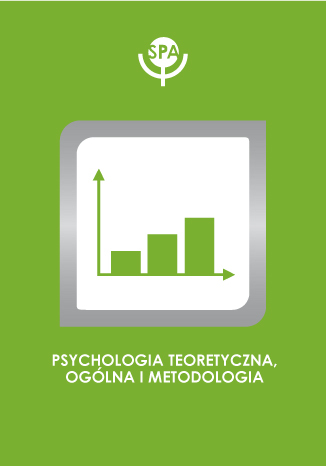Array
(
[id] => 315
[date] => 2019-03-12
[doi] =>
[title] => mówienia w schizofrenii. Analiza porównawcza z wykorzystaniem Wskaźników Stylów Mówienia Suitberta Ertela
[title_en] => SPEECH STYLES IN SCHIZOPHRENIA. COMPARATIVE ANALYSIS BASED ON SUITBERT ERTEL’S SPEECH STYLE QUOTIENTS
[authors] => Monika Obrębska, Tomasz Obrębski
[abstract] => The goal of the research is comparative analysis of spoken utterances of schizophrenic patients with negative syndromes, with positive syndromes (research group, N=130) and healthy people (control group, N=130). The analysis aims at identifying speech styles characteristic to both groups and is based on quotients proposed by S. Ertel. The procedure applied by Ertel consisted in comparing the frequencies of word forms belonging to specific classes with frequencies of word forms from contrastive classes. The quotients applied by Ertel include: Impersonal Reference Quotient, Plural Quotient, Classification Quotient, Nominalization Quotient, Abstractness Quotient, and Dogmatism Quotient. The details of quotients’ computation were adapted to the specificity of the research material and to Polish language properties. In our research all the quotients were calculated on the basis of gathered linguistic material, separately for each person, the average was calculated for each group – negative patients, positive patients and control group – and compared with the use of variance analysis, applying the Tukey HSD Test, p=.05. The comparative analysis of the quotients’ values shows some significant differences between speech styles of schizophrenic patients from both subgroups and healthy people.
[abstract_en] => The goal of the research is comparative analysis of spoken utterances of schizophrenic patients with negative syndromes, with positive syndromes (research group, N=130) and healthy people (control group, N=130). The analysis aims at identifying speech styles characteristic to both groups and is based on quotients proposed by S. Ertel. The procedure applied by Ertel consisted in comparing the frequencies of word forms belonging to specific classes with frequencies of word forms from contrastive classes. The quotients applied by Ertel include: Impersonal Reference Quotient, Plural Quotient, Classification Quotient, Nominalization Quotient, Abstractness Quotient, and Dogmatism Quotient. The details of quotients’ computation were adapted to the specificity of the research material and to Polish language properties. In our research all the quotients were calculated on the basis of gathered linguistic material, separately for each person, the average was calculated for each group – negative patients, positive patients and control group – and compared with the use of variance analysis, applying the Tukey HSD Test, p=.05. The comparative analysis of the quotients’ values shows some significant differences between speech styles of schizophrenic patients from both subgroups and healthy people.
[keywords] => schizophrenia, speech styles, style quotients
[keywords_en] => schizophrenia, speech styles, style quotients
[file_path] => /files/articles/2011-17-mwienia-w-schizofrenii.-analiza-porwnawcza-z-wykorzystaniem-wskanikw-stylw-mwienia-suitberta-ertela.pdf
[okladka] => psychologia_teoretyczna_ogolna_i_metodologia.jpg
[rocznik] => Rocznik: 2011 Tom: 17 Numer: 2
[strony] => 161-170
)










 Pobierz pełny tekst
Pobierz pełny tekst



